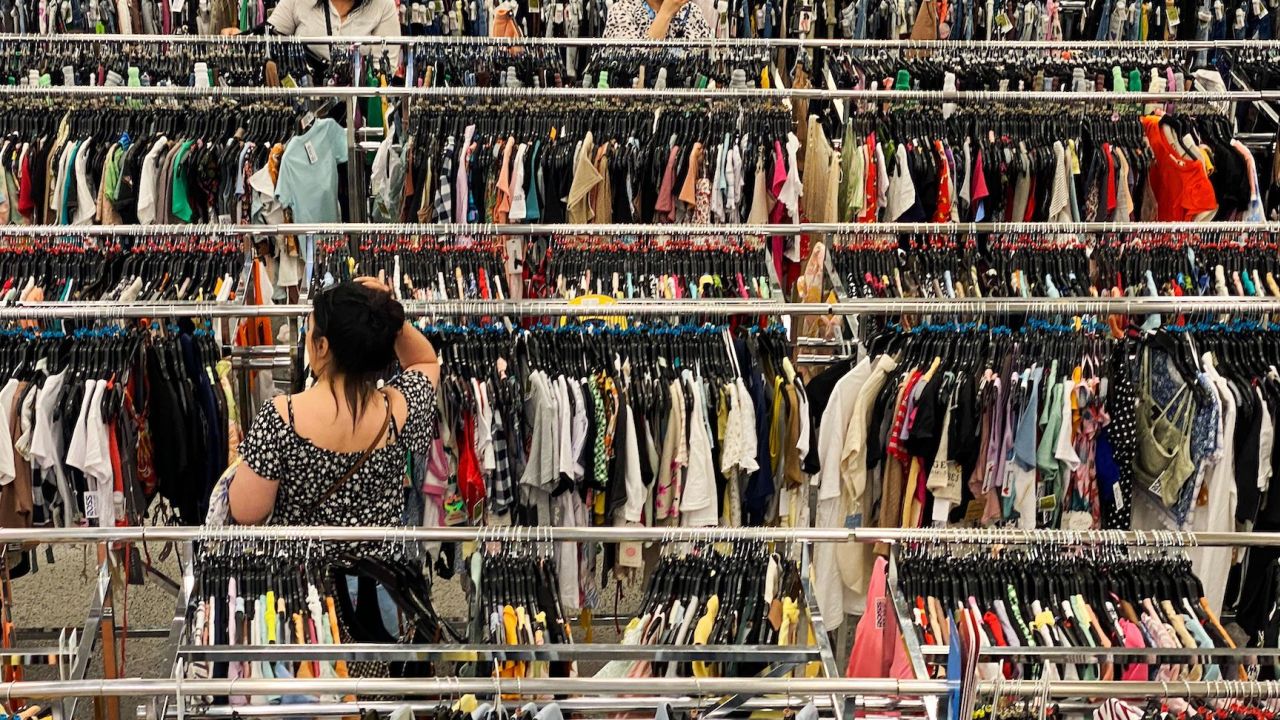Stocks soared in their best day since 2020 on Thursday after new economic data showed that price increases eased in October. Investors cheered the development because it indicates the Federal Reserve’s interest rate hikes may finally be cooling inflation.
The Dow rose 1,203 points, or 3.7%. The S&P 500 was up 5.5% while the Nasdaq Composite was 7.3% higher. That marked the biggest point gain for the Dow and also the biggest percentage jumps for the S&P and Nasdaq since spring 2020.
Meanwhile, the 10-year Treasury yield tumbled below the threshold of 4%, to about 3.82%. The direction of the 10-year bond yield impacts mortgage rates as well as rates for several other types of consumer and business loans. And the 10-year itself is influenced by short-term interest rates set by the Fed.
The Consumer Price Index, a key inflation gauge, rose 7.7% for the year ending in October. Although that is still uncomfortably high, it is down from 8.2% in September and well below analyst estimates of 8%. It is also the smallest year-over-year increase for CPI since a 7.5% jump in January.
Wall Street is hoping that the data will help convince the Fed to pull back on the size and pace of its interest rate increases, which investors worry could send the economy into a recession. Fed funds futures are now pricing in about an 85% chance of a half-point increase, as opposed to three-quarters of a percentage point, at the central bank’s December 14 meeting.









